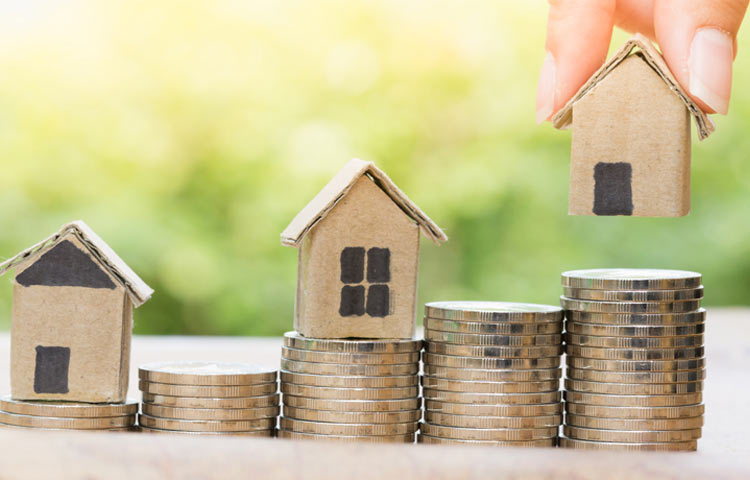
A cashflow positive property is one that makes money after all the expenses are paid. It can be a fantastic way to build wealth, because even if it doesn’t increase in value, the money it generates can help you build your wealth through debt repayment, more properties, or other investments.
It’s not easy to find cashflow positive properties – across New Zealand prices have risen faster than rents, causing yields to fall. Cashflow positive property is nearly impossible to buy in Auckland and increasingly difficult in other major centres.
In general, to be cashflow positive, a property needs to have a gross yield of over 9%, assuming normal maintenance costs (an old villa, for instance, will cost so much to maintain that it will vacuum up your cashflow pretty rapidly).
A yield of 7 to 8% will put you in a cashflow neutral position: the property covers its costs.
Maree Tassell, founder of iFindProperty, says there are great buys in every market: you just have to know where to look and be prepared to get creative:
Buy in reliable locations
Some of the highest-yielding areas are small towns in low-cost areas with limited growth potential, but these aren’t necessarily good buying, even if the yields seem impressive.
Tassell prefers to find cashflow in Rotorua and outer Wellington, for instance.
“We get offered properties in the far north or far south all the time that look phenomenal on paper, but the yields are not sustainable and the local market is volatile,” she says.
“I’m not a fan of tiny towns and you often don’t get good tenants. Also, if the roof is leaking it costs as much to fix on a $100,000 house as it does on a $1 million house, so the maintenance often blows these deals away.”
Wherever you buy, make sure you take time to study the market and talk to independent advisors who know the area well – not just the agent trying to sell you the property.
Think about units and apartments
A three-bedroom standalone house might seem like the safest investment, but it’s often the lowest-yielding type of property.
One- and two-bedroom units have been cashflow standouts over the past few years, and the demand is also increasing for four- and five-bedroom homes for multi-generational living, says Tassell.
“A lot more people are living alone, so one- or two-bed units in cities are a really good investment – I don’t know why people avoid them. Apartments are too, if they have a good body corporate [committee]. People often say they don’t want to deal with a body corporate, but a good one protects your investment.”
She recently found a block of 10 units in Rotorua for a client with a 10% gross yield, which sold for around $1 million: “You have to spend more money to get that cashflow, but that was an exceptional deal.”
Create your own cashflow
While it’s great to get cashflow ‘off the shelf’, savvy investors are always looking for ways to create their own extra income.
Smart strategies can result in higher values, giving you a potential equity bonus as well as positive cashflow. Tassell is adding a second dwelling to one of her Rotorua properties, which really stacks up since the development levy has been abolished by the local council.
Another recent trend has been larger houses rented by the room, especially close to universities and hospitals, while renovations remain a perennial favourite for increasing the rent: “I’ve seen properties in Wellington and Rotorua that need quite a bit of work, but after the work’s done are at 8 or 8.5% yield.”
Think long-term
A cashflow neutral property in an up-and-coming area can quickly become cashflow positive over a couple of years as rents increase.
“I believe there are fewer investors at the moment and rents are going to go up,” says Tassell.
“New houses can also add up, because you only need a 20% deposit and there’s basically no repairs and maintenance for 10 years, so when you do your projections they can pay off over the long term.”
